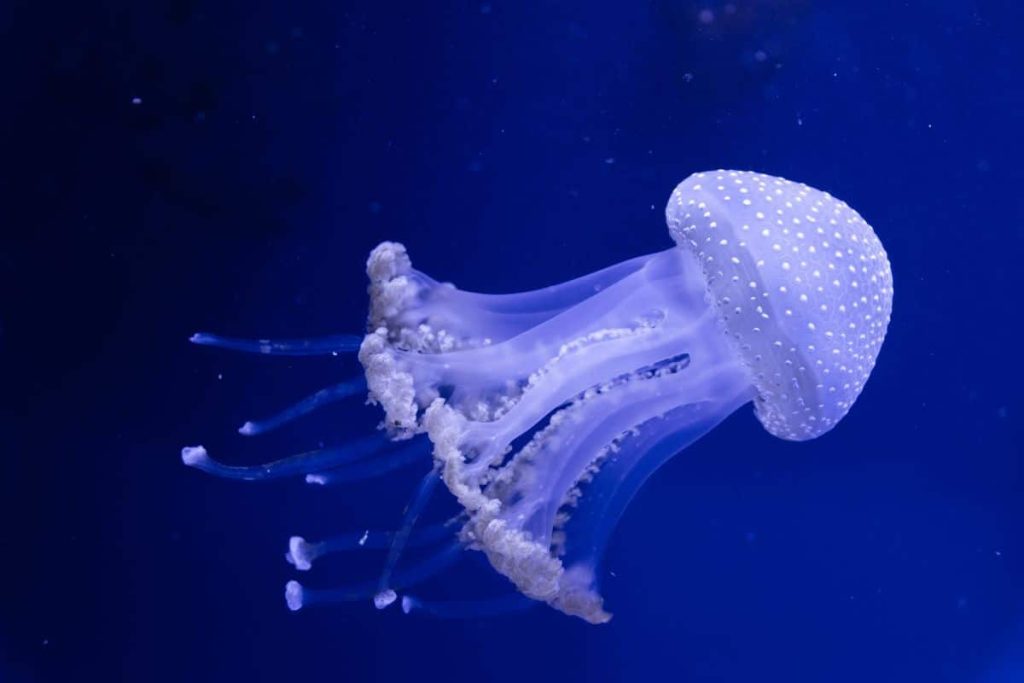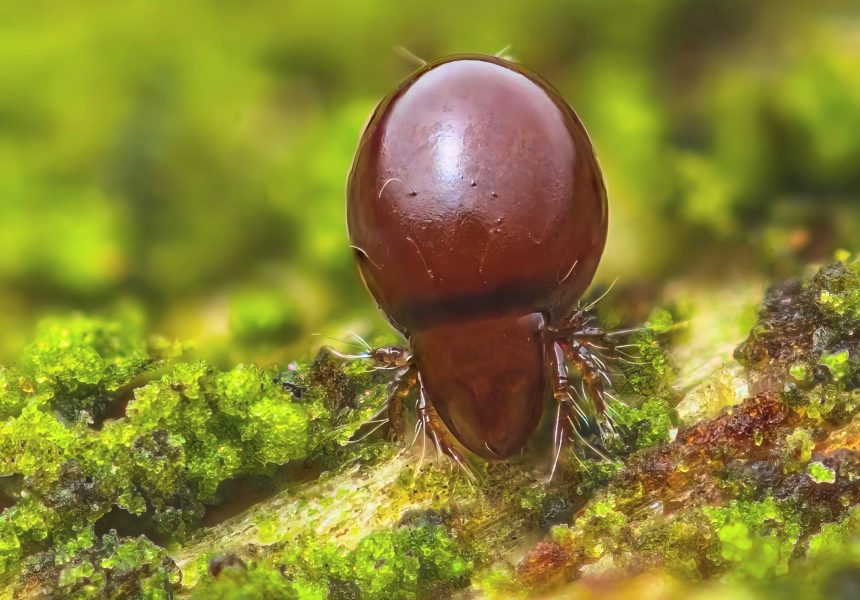The Giant Phantom Jelly: The 33-Foot Deep-Sea Predator That Gives Birth Through Its Mouth! – The Daily Galaxy –Great Discoveries Channel

Hidden miles beneath the ocean’s surface lies a creature so elusive it’s been seen only 120 times in over a century—the giant phantom jelly. This otherworldly predator, with its massive 33-foot arms and glowing body, defies what we know about marine life. But it’s not just its size or ethereal glow that leaves scientists awestruck; its bizarre way of reproducing is unlike anything seen before. What makes this jellyfish so extraordinary, and why is it one of the hardest creatures on Earth to study?The giant phantom jelly (Stygiomedusa gigantea) is one of the most enigmatic creatures of the deep sea, captivating scientists and ocean enthusiasts alike. With its ethereal form and unique biological features, this rarely seen jellyfish offers a glimpse into the mysterious world that lies thousands of feet beneath the ocean’s surface.The giant phantom jelly was first identified in 1899, but despite over a century of exploration, sightings remain exceedingly rare. Researchers have recorded only around 120 encounters with this enigmatic species since its discovery. This scarcity is largely due to its habitat, as the jelly resides at depths of up to 22,000 feet (6,700 meters), where crushing pressures and complete darkness make exploration extremely challenging.Despite the rarity of sightings, researchers made significant strides in recent years. In 2022, submersible expeditions in the Antarctic captured footage of the jellyfish swimming at shallower depths, between 260 and 920 feet (80 to 280 meters). These observations suggest that seasonal changes in sunlight may drive their prey closer to the surface in high-latitude regions, bringing the jellyfish along with them.Measuring up to 33 feet (10 meters) in length, the giant phantom jelly is one of the largest invertebrate predators in the ocean. Its bell, measuring approximately 3.3 feet (1 meter) wide, is paired with four ribbon-like arms that sweep gracefully through the water.Unlike many other jellyfish, the giant phantom jelly lacks stinging tentacles. Instead, it relies on its arms to envelop prey such as plankton and small fish, guiding them into its mouth. This adaptation allows the jelly to thrive in the nutrient-scarce depths of the ocean.Bioluminescence adds another fascinating dimension to this creature. The giant phantom jelly emits a faint orange-red glow, believed to serve purposes such as communication, confusing predators, luring prey, or attracting mates. However, due to the deep ocean’s light-absorbing environment, this glow remains subtle, likely aiding in the jelly’s stealth.Among the most intriguing aspects of the giant phantom jelly is its mode of reproduction. Unlike most jellyfish, which reproduce through external fertilization, this species is viviparous, giving birth to live young. The offspring develop within the mother, eventually exiting through her mouth to begin life independently. This extraordinary reproductive strategy sets the giant phantom jelly apart from its relatives and underscores its uniqueness among marine life.Despite its solitary nature, the giant phantom jelly occasionally provides shelter to smaller Scientists Discover ‘Immortal’ Marine Creature That Can ‘Time Travel’. During an expedition in the Gulf of California, researchers from the Monterey Bay Aquarium Research Institute observed pelagic brotula (Thalassobathia pelagica) seeking refuge beneath the jelly’s bell. This mutually beneficial arrangement helps the jelly by removing parasites, while the smaller fish gain protection from predators.Studying the giant phantom jelly poses immense challenges due to its elusive nature and deep-sea habitat. Modern advancements in underwater robotics and submersible technology have made it possible to explore these remote ecosystems, but much remains unknown. Understanding creatures like the giant phantom jelly could unlock new insights into deep-sea ecosystems, biodiversity, and even adaptations for survival under extreme conditions.The discovery of giant phantom jellies closer to the surface also raises questions about how environmental changes, such as warming oceans, might influence their behavior and distribution. As researchers continue to study these remarkable creatures, they uncover clues not just about the jellyfish itself, but about the intricate and interconnected web of life in the deep ocean.Got a reaction? Share your thoughts in the commentsEnjoyed this article? Subscribe to our free newsletter for engaging stories, exclusive content, and the latest news.NO! NO! NO!Comment Save my name, email, and website in this browser for the next time I comment.
© 2024 | Daily Galaxy | All rights reserved






